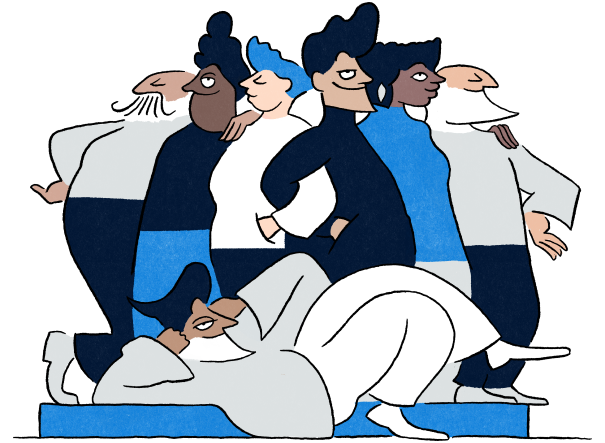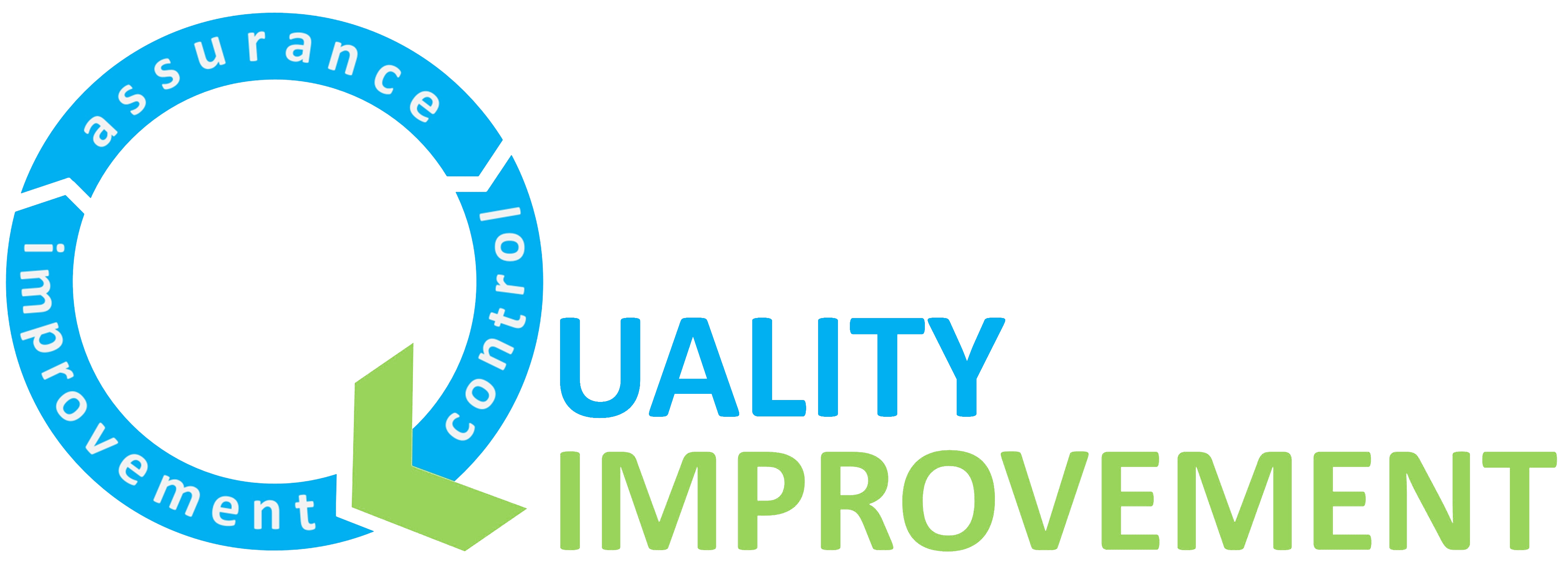
29th November 2018
Our new mission at East London NHS Foundation Trust is to improve the quality of life for all we serve, with a new focus on population health. But what does this mean? Why are we doing this? And how will we get started? Here’s a short video to help explain…
[YouTube subtitles available and full script can be found below]
What is Population Health and what is ELFT doing about it?
A whole load of ideas and energy emerged from the Big Conversation with staff and service users in 2017. As a result, the trust has reshaped its strategy. The organisation is now committed to improving the quality of life for all we serve.
Dr Navina Evans, CEO – We want to do more for our service users, we want to do more for our communities. And in order to do that we are thinking about service users, their families, their carers, the communities that they live in. And all that is really about the whole population. So we want to improve what we offer to the populations that we serve. That is why we are thinking about population health.
But what is population health? It is an approach aimed at improving the health of an entire population: thinking about physical and mental health, wellbeing and reducing inequalities.
C. Donohoe, Service User – Because I live in Luton and in Luton there is a lot of problems on the street. There is a transient population on the street that have visible mental health and those needs don’t really seem to be addressed. And I don’t want staff at ELFT to do that, I want them to kind of have the vision, the future vision of a healthy population, and match that to their need as a great worker and a great contributor to match their talent to where those needs are needed. It needs to be a joint exercise between people who run the service, people that use the service, people that work in the service. And that is the key thing.
Richard Fradgley, Director of Integrated Care – It is very difficult to think about supporting people with mental health problems if you are not also thinking about their social circumstances, stability of housing, whether or not they have support with meaningful activity like a job during the day and the nature of their relationships. And I guess that traditionally that is the sort of stuff that we have done, so we have a really good platform to build on. It is about taking that further and into the next steps of focus.
How do we choose the populations we will work with?
The Trust works across some of the most dynamic, diverse and growing populations of anywhere in England. Some areas of the Trust have very high levels of deprivation, which is strongly associated with poor health and life outcomes and impacts on health inequalities.
Richard Fradgeley, Director of Integrated Care – Life expectancy for example, healthy life expectancy is very, very low in those areas of the Trust where there are high levels of deprivation. And we know that in working with our partners there are things we can do to impact on those things.
Dr Amar Shah, Chief Quality Officer – So this is quite a radical departure for the Trust and it is really exciting because of that. But it is also building on a lot of what we know already. In most teams, people are already thinking about outcomes and wellbeing and working in partnership with other organisations. And we are going to bring all that we know from our work of improvement to help us with this work.
How are we going to achieve these ambitious aims? We will use Quality Improvement and the Triple Aim framework.
Dr Amar Shah, Chief Quality Officer – I think it all starts with thinking about who is not thriving, where are the parts of our population where were are really not meeting their needs. And where there is an urgency to do something different. And that is where this work differs. It does not really start from thinking about a service and how to improve a service. But it starts from the point of a population. Really trying to understand what the assets are in that population and the community.
Dr Navina Evans, CEO – So this is a real opportunity for us to think really creative and be innovative. I hope that some of those blockages and frustrations and barriers that we felt when we were trying to do things for our service users – this is an opportunity to break down those barriers by thinking about populations. So that should be really good, good for them, good for us. More interesting, more fun more innovation, more creativity.
18th July 2018
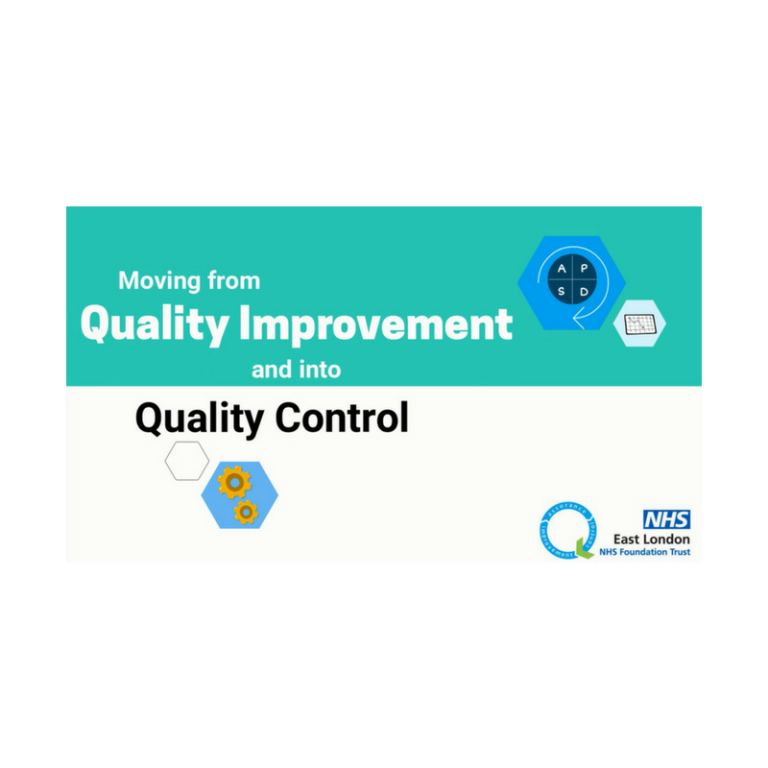
20th May 2019
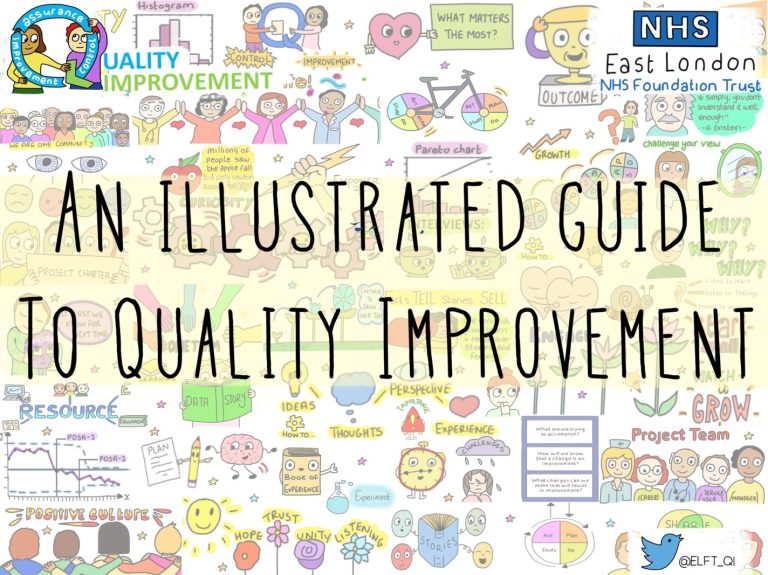
22nd March 2016
21st January 2021
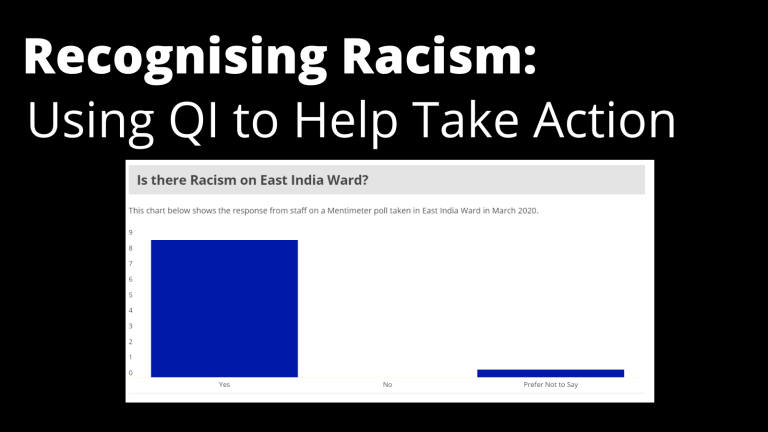
31st March 2023
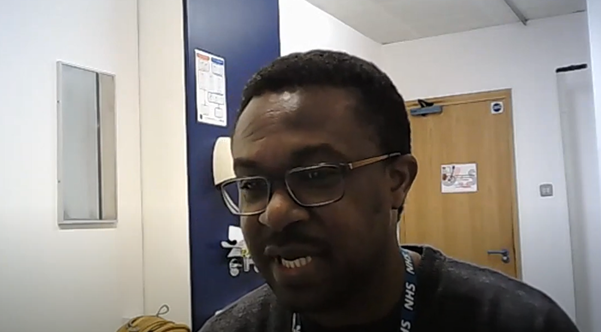
18th March 2019

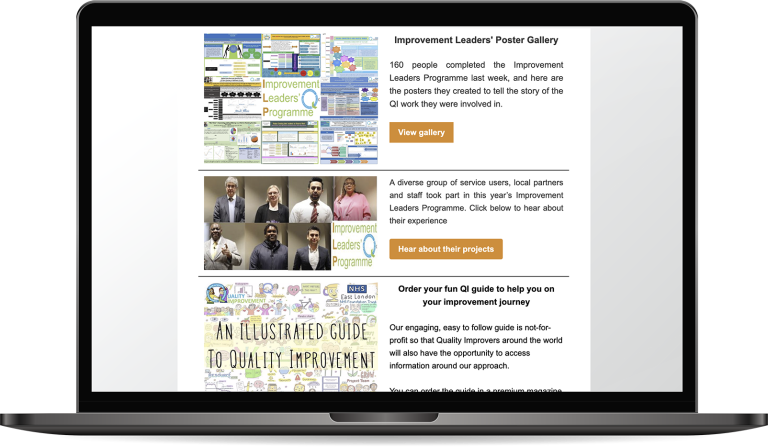
To keep up to date on the latest concerning QI at ELFT, follow us on our socials.
